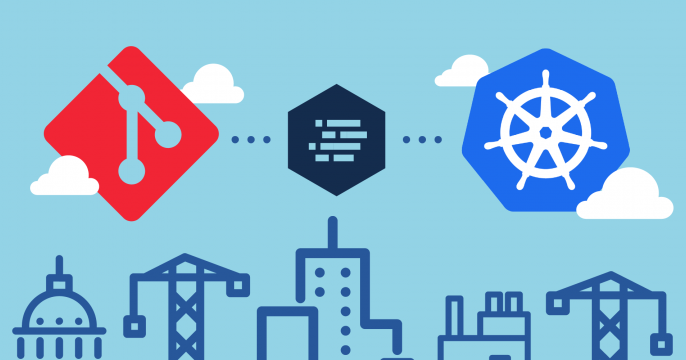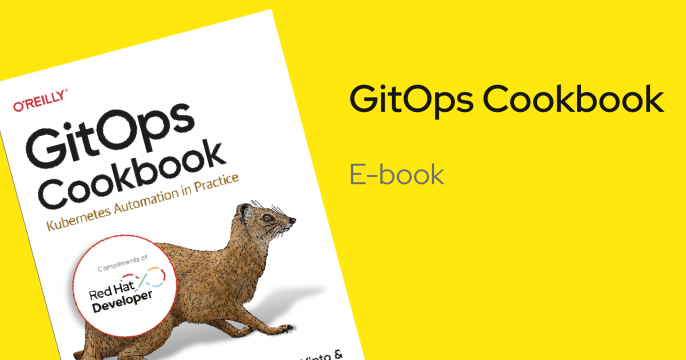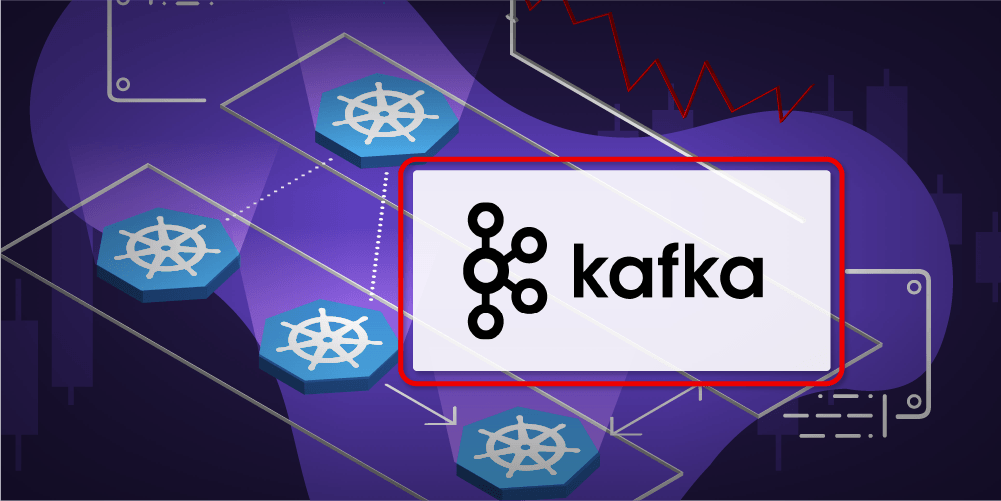GitOps: Standard workflow for application development
GitOps uses Git repositories as a single source of truth to deliver infrastructure as code.
What is GitOps?
GitOps uses Git repositories as a single source of truth to deliver infrastructure as code. Submitted code checks the CI process while the CD process checks and applies requirements for things like security, infrastructure as code, or any other boundaries set for the application framework. All changes to code are tracked, making updates easy while also providing version control should a rollback be needed.
Many other tools can be used together to build a GitOps framework. For example, Git repositories, Kubernetes, CI/CD tools, and configuration management tools.
Learn more at the GitOps Guide to the Galaxy on OpenShift.tv, every other Thursday at 3pm ET.
GitOps delivers ...
- Standard workflow for application development
- Increased security by setting application requirements up front
- Improved reliability with visibility and version control through Git
- Consistency across any cluster, any cloud, and any on-prem environment
Why GitOps?
GitOps takes the philosophies and approaches promised to those investing in a DevOps culture and provides a framework to start realizing the results. Organizations who practice DevOps realize significant improvements to the rate of innovation in applications and code as well as stability according to the annual State of DevOps Report.
By using the same Git-based workflows that developers are familiar with, GitOps expands upon existing processes from application development to deployment, app lifecycle management, and infrastructure configuration.
Every change throughout the application lifecycle is traced in the Git repository and is auditable. Making changes via Git means developers can finally do what they want: code at their own pace without waiting on resources to be assigned or approved by ops teams.
For operations teams, visibility to change means the ability to trace and reproduce issues quickly improving overall security. With an up-to-date audit trail, organizations can reduce the risk of unwanted changes (drift) and correct them before they go into production.
These changes in code from development to production make organizations more agile in responding to changes in the business and competitive landscape.
Why should developers care about GitOps?
Not sure where to start in your GitOps journey? Don Schenck, director of developer experience at Red Hat, has you covered.
Develop with GitOps
The goal of this track is to learn how to use Red Hat OpenShift Pipelines to...
This guide helps you get started with ArgoCD and GitOps with OpenShift.
This scenario will get you get familiar with syncwaves and hook phases.
Top GitOps Articles

Learn Git best practices for GitOps deployment workflows and Git management...

What's the best structure for your GitOps repository? Explore best practices...

Use Argo CD's ApplicationSets and pull request generator with Tekton and Red...

The Argo CD, Kustomize, and Helm automation tools reduce the administrator's...

What is GitOps and why should you care about it? Find out how Red Hat...

Learn where OpenShift CI/CD is today and how it's evolving toward the future...
Featured GitOps content
This scenario will show how to deploy and connect to Apache Kafka on Kubernetes.
Create a CockroachDB Operator from an existing CockroachDB Helm chart,...
This scenario will get you get familiar with syncwaves and hook phases.








